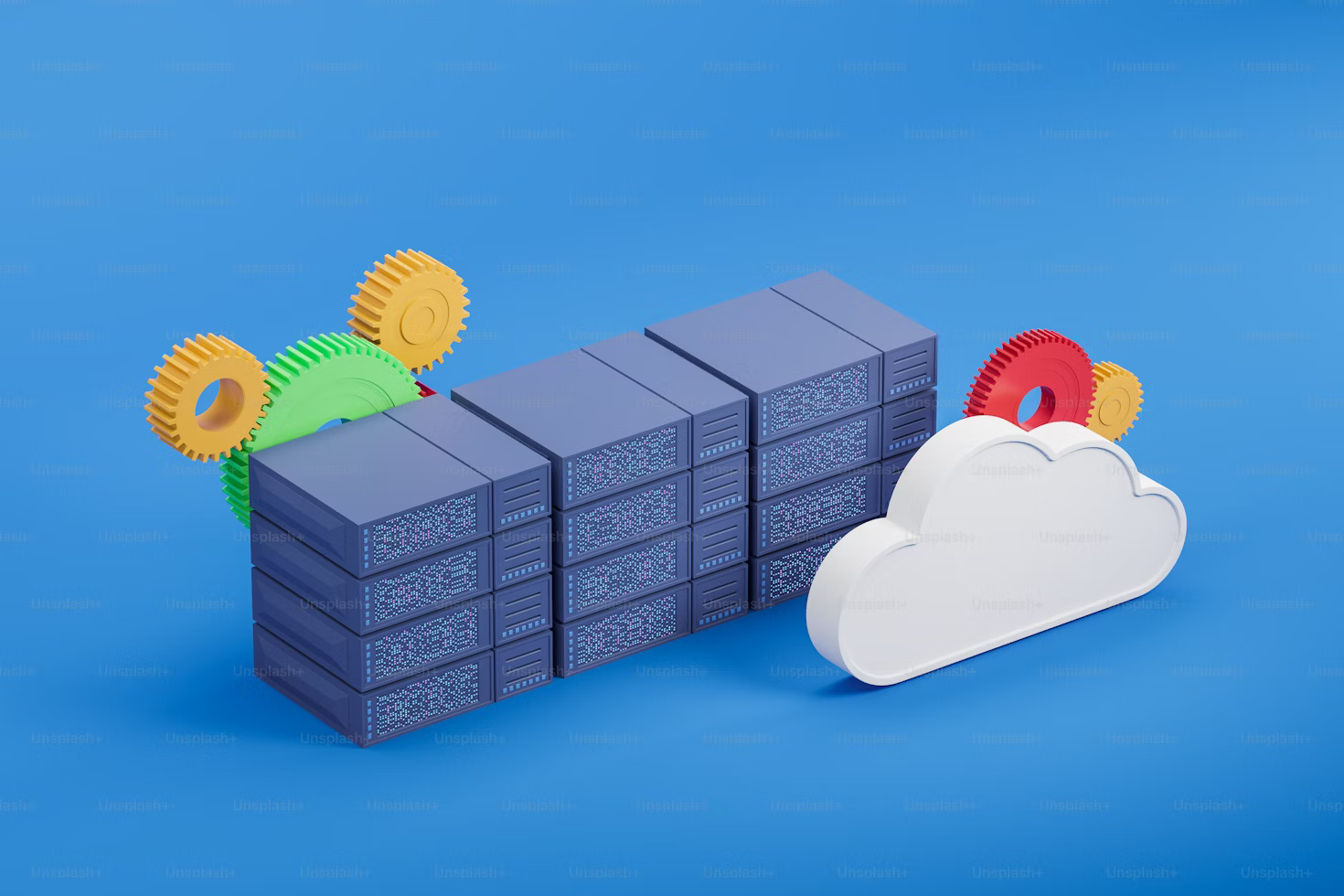Data security in Cloud: Benefits and Best Practices

In the digital age, cloud security is used across sectors. With its flexibility, scalability, and accessibility, cloud helps businesses streamline processes and boost collaboration. Security controls and recommended practices allow enterprises to use cloud computing while protecting their data. The benefits, challenges, and critical procedures to limit risks and build defenses of cloud data security are examined in this article. We'll explain cloud data security and provide you the skills to navigate this changing landscape.
Definition of data security in cloud computing
The cloud uses techniques, protocols, and technologies to secure data stored, processed, and shared. It protects sensitive data from unlawful access, breaches, loss, and other cyber dangers Physical security methods like closed server rooms and access controls protect data in on-premises environments. Data stored and processed in faraway data centers controlled by third-party companies changes the security paradigm in the cloud. Cloud data security is shared by the cloud service provider (CSP) and the customer, who separately secure different cloud infrastructure layers.
Why companies need cloud security
Enterprises require cloud data security solutions for various reasons such as:
- Data Protection: Cloud companies retain sensitive customer, intellectual, and financial data. Maintain consumer trust, comply with regulations, and ensure company continuity by protecting this data from illegal access, breaches, and theft.
- GDPR, HIPAA, and PCI DSS apply to many industries. Cloud security controls and protections help organizations comply with these rules.
- Cloud infrastructures can be infected by malware, phishing, and ransomware. Cloud encryption, access controls, and threat detection reduce security risks.
- Shared duty: CSPs and customers share cloud computing duty. Customers secure data and apps in the cloud, while CSPs secure infrastructure. Cloud security ensures companies stick to their promises and manage data.
- Companies can store and collaborate on confidential data and intellectual property via cloud services. Cloud security safeguards IP against theft and infringement, preserving firm value and competitiveness.
Benefits of cloud data security
- Cloud data security saves enterprises money on on-premises security infrastructure and upkeep. Organizations can minimize CapEx and OpEx for security hardware and software management by using cloud-based security solutions.
- Centralised Management and access: Cloud data security technologies give administrators access and control over security rules, configurations, and user actions via admin consoles and dashboards. This centralized approach simplifies security management and enforces security requirements across distributed environments.
- Rapid Deployment and Updates: Cloud data security solutions can swiftly install and update new security features, patches, and updates without impacting operations. Agility helps firms keep ahead of risks and maintain security.
- Disaster recovery: Cloud data security solutions generally feature redundancy, backup, and disaster recovery to ensure data availability and integrity during system failures, natural disasters, and cyberattacks. Disaster recovery services and virtual backups enable company network continuity by minimizing downtime and data loss.
Challenges of cloud data security
- Cloud computing uses a shared responsibility approach between the CSP and the consumer. CSPs secure the infrastructure, but customers secure their data and apps in the cloud. This division of duty can cause confusion and misalignment, especially if enterprises think the CSP handles data security alone.
- Insider threats: Malicious insiders and unintended staff blunders threaten cloud data security. Employees with privileged cloud access may accidentally release critical data or exploit it for personal benefit. Strong access controls, user activity monitoring, and security awareness training reduce insider threats.
- Data Breaches and Cyber Attacks: Malware, phishing, ransomware, and DoS attacks target cloud environments. A successful data breach can lead to data theft, financial loss, and unauthorized access. Encryption, access controls, and intrusion detection systems are needed to protect cloud data.
- Compliance Challenges: Cloud environments are dynamic and infrastructure is hard to see and manage, making it hard to comply with regulations and industry standards. Organizations must audit their cloud infrastructure to guarantee compliance with legislation and standards for cloud security.
Cloud Data Security Best Practices
Organizations must put strong cloud data security best practices into place in order to protect sensitive data and reduce security threats. The following are important best practices:
Choose a trustworthy cloud provider
Choosing a reliable cloud service provider is the first step to data security. The provider should store, encrypt, and regulate data. Microsoft Cloud is trusted by clients because of its certifications. See Microsoft 365, Azure, and other Microsoft service compliance solutions for a complete list.
Secure cloud access
Most cloud providers protect their clients' infrastructure, but you must secure your organization's cloud user accounts and sensitive data. Improve password management in your organization to reduce account compromise and credential theft. Add password policies to your cybersecurity program. Explain your employees' cybersecurity expectations, such as using complex passwords for each account and rotating them often. A unified password management solution helps improve account and password security.
Phishing awareness training for staff
User activity monitoring is not the only technique to reduce human element influence in your organization. Increase your staff's cybersecurity understanding, including phishing, to protect your cloud infrastructure. Despite their sophistication, anti-phishing technologies cannot provide adequate security. A study of 1800 phishing emails sent to financial business employees found that 50 emails survived email filtering. The infection launched when 14 individuals opened the harmful email. One individual installed the malware after thirteen failed tries. Indeed, one incident can infect and undermine the entire system. Your staff may learn to spot phishing and social engineering to protect sensitive data. Regular cybersecurity training and seminars are the best defense against phishing assaults' growing sophistication.
Govern Cloud Security
Cloud security rules enforce organization-wide security. Limit workload deployment to public IPs, control east-west traffic, or analyze container workload traffic trends. Service providers' implementation methods vary. Azure customers can utilize Azure policies, whereas GCP customers can use corporate policies. Cloud installations benefit from security policies' automatic compliance enforcement.
Threat Prevention with Machine Learning
Machine learning is being used by more companies to detect suspicious behavior and cloud infrastructure concerns. Machine learning algorithms improve cloud security in various ways. It can detect whether your personal data is regularly downloaded and notify you to these tendencies. However, machine learning should be utilized with other security technologies to keep your cloud data safe and secure.
Use Zero Trust Principles
The gold standard for cloud security is Zero Trust. It requires not trusting services within the organization's security perimeter. It is a method for designing and applying the following security principles:
- Use least privilege access: Validate and authorize using all accessible data.
- Less privileged access: JIT/JEA, risk-based adaptive controls, and data protection limit user access.
- Assume breach: Reduce blast radius and segment access.
A Zero Trust model emphasizes segregation and limited contact between application services. According to least privilege, only approved identities should be utilized for this communication. Monitor, log, and analyze all internal and external communication for irregularities. This includes admin tasks. You can use native or third-party monitoring and logging solutions.
Conclusion
In conclusion, enterprises increasingly use cloud computing to store, analyze, and manage sensitive data, making cloud data security crucial. This article has covered cloud and data security’s benefits, including data protection, scalability, cost effectiveness, compliance, centralized management, and business continuity. These benefits come with hurdles that enterprises must overcome to secure cloud security. Cloud service providers, customers, and security specialists must work together to secure cloud data.
At Axalize, we value data security and comply with all regulatory and industry standards. We commit to support our clients to adopt a security culture, adapt to new risks and challenges, and maximize cloud computing while protecting their most precious asset: their data.


